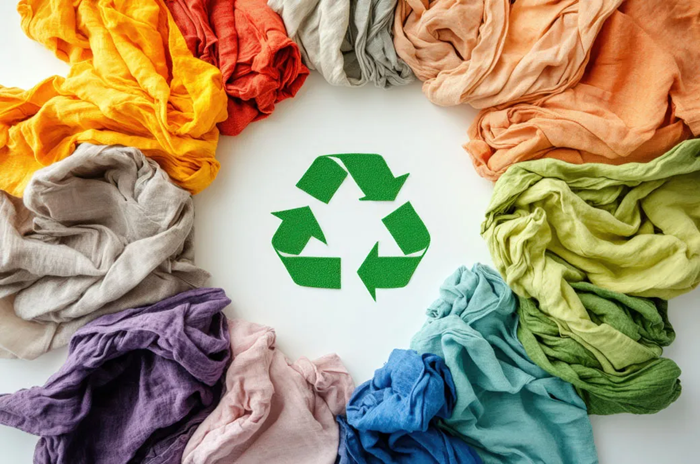
Cheap and cheerful fast fashion on-trend clothing designs that move quickly from catwalks to shop shelves and online websites have taken over the global apparel segment. This fast fashion garment factory production focuses on quick trend replication and uses low-quality materials and synthetic fabrics that pile up truckloads of clothes to be dumped in landfills or in poorer countries of the world.
As per Oxfam, a charitable organization, around 70 per cent of globally donated garments end up in Africa and most of these are second-hand discarded clothes of poor quality and lower durability. The Global North countries of Europe, the UK and the US among others are buying 60 per cent more clothes than 15 years ago but only wearing them for half as long till they get bored. An estimated 85 per cent of all textiles land up in dump yard every year and it is estimated a truckload of garments is either burnt or sent to a landfill every nano-second. These donations, which aim to help alleviate poverty and create jobs, have in turn created a problematic industry valued at $1.84 billion in 2021, up 28 per cent from previous year. As per estimates around 40 per cent of the world’s used clothing exports come from the three countries: China 17 per cent, US per cent, and UK per cent.
Waste colonialism from Global North must be addressed
Africa seems to be the favourite dump yard of the world, and from Ghana to Kenya, all kinds of apparel in the name of donations are flooding these countries, causing an environmental, economic and social catastrophe. The desire to constantly reinvent the wardrobe for on-trend fast fashion is also causing the violation of human rights in factories across third-world countries where modern-day slavery is rampant.
In the words of Stella Hertantyo, a South African sustainability activist and writer to AllAfrica, “We call it waste colonialism.” It's essentially this feeling that countries in the Global North feel entitled to access the land and communities and African countries as a place to rid themselves of their waste. This is created in the North, because of systems of overproduction and overconsumption and perpetual growth in terms of profits.
Even amidst all this pollution international aid agencies are still appealing for donations of second-hand clothing from the Global North for use in the Global South. One of the measures that are being pondered in Africa to reduce the pollution of second-hand clothing is to ban import of these clothes. Kenya, Uganda, Tanzania, Rwanda and Burundi were planned to ease out second-hand clothes trade by 2019 but only Rwanda has implemented the plan by imposing high taxes on imports to deter trade and others are expected to follow soon.
Important to stop environmental damage
The fast fashion industry pollutes global water bodies as it uses vast volumes in manufacturing processes. The Intergovernmental Panel on Climate Change has proven the industry, in addition to emitting 10 per cent of global carbon dioxide every year also uses 1.5 trillion litres of water annually. Analysts also say, the fashion industry consumes around 2.6 per cent of the world's freshwater as making just one cotton T-shirt needs an unbelievable 2,700 litres of water.
Currently, industry leaders are focusing on different ways they can move towards a circular economy by reducing waste and pollution and sophisticating the processes of reusing and recycling textiles. Organizations such as UNEP and GFA are currently working with the fast fashion apparel industry to transform it into one that gives more than what it gets from the environment and the world around it.












